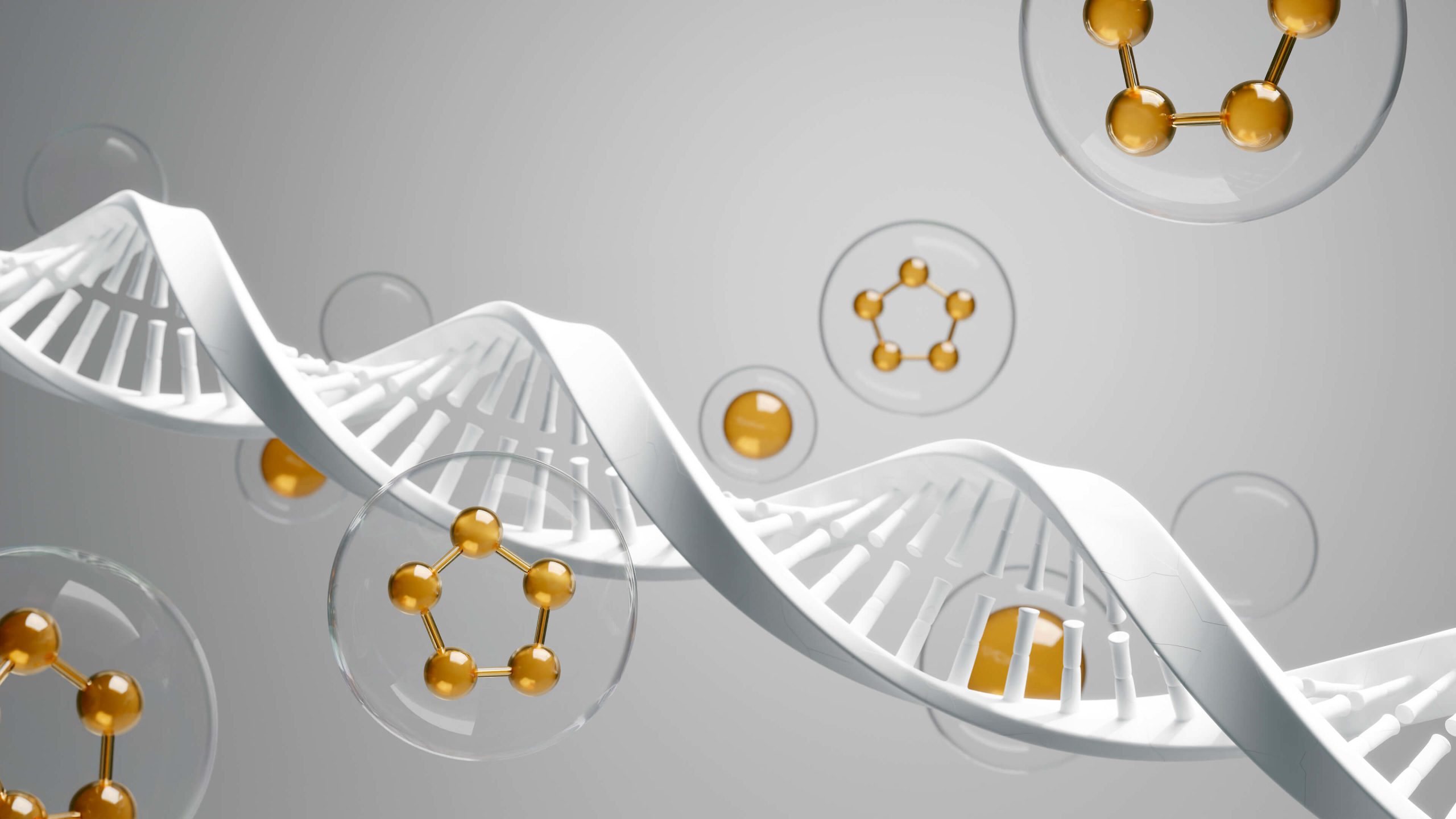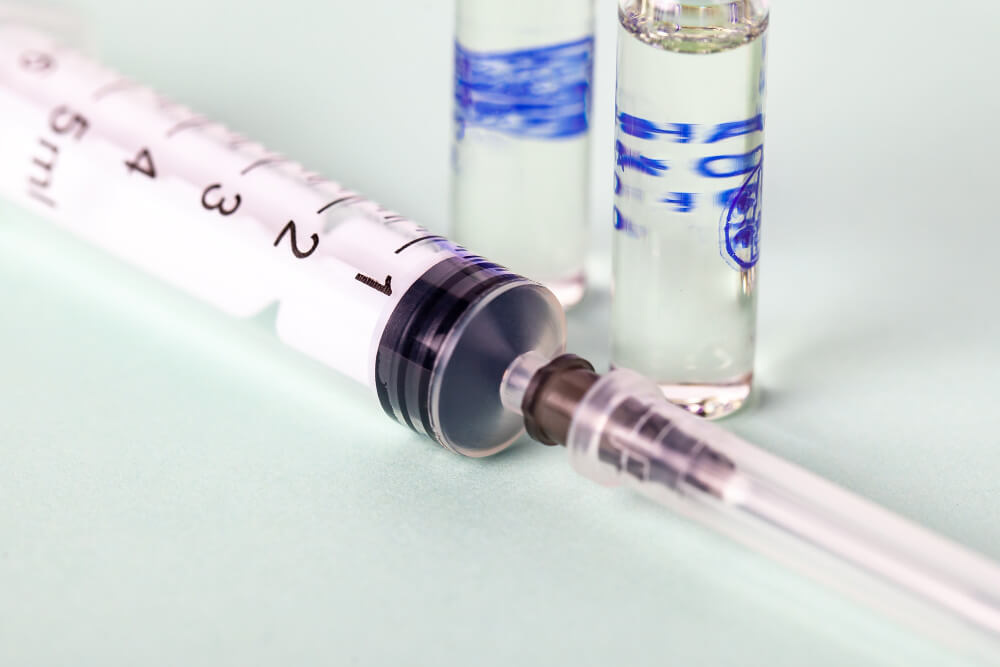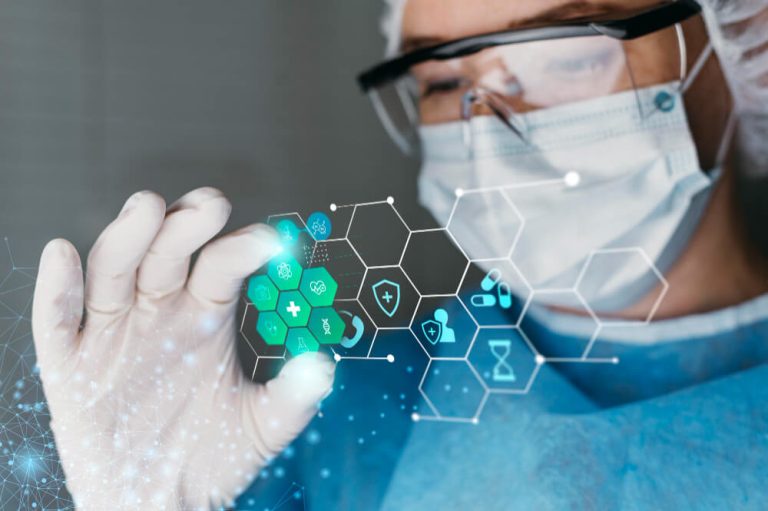Unlocking Your Body’s Healing Power: A Guide to Regenerative Medicine
Your body possesses an incredible, innate ability to heal itself. Think about the last time you had a paper cut. Without any conscious effort, your system sprang into action, stopping the bleeding, fighting off invaders, and knitting the skin back together. It is a biological marvel we often take for granted. Now, imagine if we could harness and amplify that power, directing it toward more significant injuries or chronic conditions that the body struggles to fix on its own.
This is the revolutionary promise of a field that is reshaping the future of healthcare. It is a discipline focused on repairing, replacing, or regenerating human cells, tissues, and organs to restore normal function. By working with the body’s own systems, it moves beyond merely managing symptoms and aims to address the root cause of damage and disease. This exciting frontier is known as regenerative medicine, and it represents a fundamental shift in how we approach healing and longevity.
This approach is not about a single magic bullet. Instead, it is a broad and dynamic area of science and medicine that encompasses a range of advanced therapies. It seeks to unlock the body’s own repair kits, giving them the boost they need to tackle everything from a worn-out knee joint to more complex systemic diseases. The goal is simple yet profound: to help the body heal from within.

What Is Regenerative Medicine at Its Core?
At its heart, regenerative medicine is a paradigm shift from intervention to restoration. For decades, much of traditional medicine has focused on managing symptoms or removing damaged parts. If you have a painful, arthritic joint, the conventional path might involve pain relievers, anti-inflammatory drugs, and eventually, a total joint replacement with artificial materials.
Regenerative medicine asks a different question: can we help the body rebuild the damaged cartilage itself? Instead of just putting a warning sign next to a pothole in the road, this field aims to provide the materials and instructions to fill the pothole and make the road smooth again. It is a proactive approach designed to restore function rather than just compensate for its loss.
This is achieved through several key pillars. The most well-known are stem cell therapies, which use the body’s master cells to orchestrate repair. Another is tissue engineering, which involves creating new tissues and even organs in a lab. Finally, there are cellular therapies, which utilize specific cells, often from a patient’s own body, to fight disease or stimulate repair. Together, these tools form a powerful toolkit for healing.

How Does This Differ from Traditional Medicine?
The primary distinction lies in the objective. Traditional medicine excels at treating acute problems like infections with antibiotics or traumatic injuries with surgery. It saves countless lives by intervening decisively. However, for chronic and degenerative conditions, its role often becomes one of management, using medications to control symptoms like pain, high blood pressure, or inflammation over a lifetime.
Regenerative medicine aims to break this cycle of lifelong management. It targets the underlying pathology. For a patient with type 1 diabetes, for example, the traditional approach involves insulin injections to manage blood sugar. A regenerative goal would be to regenerate the insulin-producing cells in the pancreas, potentially offering a true cure.
This represents a move towards more personalized and biological solutions. Instead of introducing synthetic drugs or artificial implants, many regenerative therapies use a patient’s own biological material. This can reduce the risk of rejection and other complications, creating a more harmonious interaction with the body’s systems. It treats the body not as a machine with broken parts to be replaced, but as a garden to be cultivated and restored to health.

What Are the Key Tools in the Regenerative Toolkit?
To achieve its ambitious goals, the field employs a variety of sophisticated biological tools and techniques. While the science is complex, the core concepts are surprisingly intuitive. They all revolve around stimulating and supporting the body’s natural repair mechanisms. Three of the most prominent approaches are stem cell therapy, platelet-rich plasma, and tissue engineering.

Could Stem Cells Be the Stars of the Show?
Stem cells are arguably the most famous players in regenerative medicine. These are unique, unspecialized cells that have the remarkable potential to develop into many different cell types in the body. They act as a sort of internal repair system, dividing essentially without limit to replenish other cells as long as the person is still alive.
There are different types of stem cells, but the ones most commonly used in clinical practice today are adult stem cells. These can be harvested from a patient’s own bone marrow, fat tissue, or blood. Once collected, these cells can be concentrated and reintroduced into an area of injury or disease. They don’t just magically transform into new tissue; their primary role is often as ‘conductors of the orchestra’.
Upon arriving at a site of damage, stem cells release powerful signaling molecules, growth factors, and anti-inflammatory agents. They reduce harmful inflammation, protect existing healthy cells from dying, and call in the body’s other resident repair cells to get to work. This orchestrated response is what drives the healing of cartilage, tendons, and other tissues that have a limited ability to repair themselves.

What Is Platelet-Rich Plasma (PRP) Therapy?
Platelet-rich plasma, or PRP, is another cornerstone of regenerative treatment, particularly in orthopedics and aesthetics. The process is straightforward and uses the healing power found within your own blood. A small sample of your blood is drawn and placed in a centrifuge, a machine that spins at high speed to separate the blood into its various components.
This process concentrates the platelets, which are tiny cell fragments best known for their role in blood clotting. But their job doesn’t stop there. Platelets are also a rich reservoir of hundreds of growth factors, which are proteins that are critical for tissue repair. This concentrated, platelet-rich plasma is then carefully injected back into the targeted area, such as an arthritic knee or an injured tendon.
The high concentration of growth factors at the injury site acts like a powerful catalyst, accelerating the natural healing cascade. It can stimulate the formation of new collagen, improve blood supply, and recruit stem cells to the area. PRP is commonly used to treat conditions like tennis elbow, Achilles tendonitis, osteoarthritis, and even hair loss, offering a biological boost to the body’s repair crew.

How Does Tissue Engineering Build New Body Parts?
Tissue engineering takes the concept of regeneration a step further. If a tissue or organ is too severely damaged or lost to be repaired, can we build a new one? This is the central question of tissue engineering, a field that combines cells, engineering, and materials science to create functional biological substitutes.
One of the key concepts is the use of a ‘scaffold’. This is a biocompatible structure, often made from materials like collagen or synthetic polymers, that is shaped like the tissue you want to grow. Think of it as the frame of a house. The patient’s own cells are then ‘seeded’ onto this scaffold in a lab environment.
Inside a special device called a bioreactor, which mimics the conditions inside the human body, the cells multiply and organize themselves, using the scaffold for support. Over time, they create their own extracellular matrix, the natural substance that holds tissues together. As the new tissue matures, the scaffold gradually and safely dissolves, leaving behind a new, living, and functional piece of tissue. This technology has already been used to successfully engineer skin for burn victims, cartilage for joints, and even entire organs like bladders.

What Conditions Can Regenerative Medicine Potentially Treat?
The applications for regenerative medicine are vast and continue to expand as research progresses. While some therapies are still in experimental stages, many are already being used in clinics to treat a wide range of conditions and improve patients’ quality of life. The field is making significant impacts across multiple areas of medicine.
In orthopedics and sports medicine, it is a game-changer. Therapies like PRP and stem cell injections are providing relief for those with osteoarthritis, reducing pain and improving function in joints like the knee, hip, and shoulder. They are also used to accelerate the healing of chronic tendon injuries, muscle tears, and ligament sprains that have failed to respond to conventional treatments.
In aesthetics and dermatology, regenerative techniques are fueling the drive for more natural anti-aging solutions. PRP and microneedling, often called a ‘vampire facial’, use the body’s growth factors to improve skin texture, reduce fine lines, and promote collagen production. Stem cell-derived products and PRP injections are also showing great promise as effective treatments for hair loss in both men and women.
Beyond these established applications, the horizon is bright. Researchers are exploring regenerative approaches for some of the most challenging chronic diseases. This includes developing therapies to regenerate heart muscle after a heart attack, replace damaged neurons in Parkinson’s or Alzheimer’s disease, and restore vision in degenerative eye conditions. While cures are not yet guaranteed, the progress is offering new hope where there once was little.

Is This the Future of Healthcare?
Regenerative medicine holds the potential to fundamentally change our relationship with disease and aging. The vision is a future where we can not only treat but potentially cure chronic conditions, where organ transplant waiting lists are a thing of the past, and where our healthspan, the number of years we live in good health, matches our lifespan. This vision is steadily moving from science fiction to clinical reality.
However, it is important to approach the field with both optimism and caution. As with any emerging medical technology, there are challenges to overcome. The cost of therapies can be high, and insurance coverage is still inconsistent. The regulatory landscape is complex, and it is crucial for patients to distinguish between evidence-based treatments and those offered by clinics making unproven claims. The need for qualified, expertly trained practitioners is paramount to ensuring patient safety and efficacy.
For the field to reach its full potential, a robust ecosystem of research, education, and advocacy is essential. This requires collaboration between scientists, clinicians, and industry. Many healthcare professionals are now seeking advanced training through specialized courses, including comprehensive regenerative medicine fellowship and certification programs that provide the necessary expertise. The successful adoption of these therapies also depends on new models for integrating lifestyle medicine into a conventional GP practice, making these advanced options more accessible. Universities are responding to this need with dedicated curricula, such as the regenerative and functional medicine fellowship offered at leading institutions.
Progress is driven by a global community of experts. Online hubs like RegMedNet connect professionals and share the latest breakthroughs. Foundational research is guided and upheld by scientific bodies such as the International Society for Stem Cell Research, which sets the ethical and scientific standards for the field. Meanwhile, groups like the Alliance for Regenerative Medicine work to advocate for policies and funding that will accelerate the development and delivery of these life-changing therapies to patients worldwide. This collaborative effort is paving the way for a healthier future.
Regenerative medicine is more than just a new set of treatments; it is a new philosophy of healing. It leverages the most sophisticated technology we know: the human body itself. By understanding and augmenting our innate capacity for repair, we are opening the door to a new era of medicine, one focused on restoration, renewal, and a truly healthy longevity.
Frequently Asked Questions

Do I need prior experience with regenerative medicine to enroll in this training?
Comprehensive clinical training in stem cell therapy is designed to accommodate a range of experience levels, from novices to seasoned practitioners. Therefore, prior experience is generally not a prerequisite, as the curriculum begins with the fundamental science behind mesenchymal stem cells (MSCs) and adipose-derived regenerative cells. This ensures all participants establish a strong theoretical foundation regarding cell biology, mechanisms of action, and regulatory guidelines before proceeding to practical skills.
While not mandatory, clinicians with a background in procedures involving injections, aspirations, or minor surgery may find the hands-on portion more intuitive. The primary requirement is a valid medical license and a commitment to learning the protocols for safe and effective application. The training is structured to methodically build the confidence and competence needed to perform these procedures, regardless of your starting point.

How quickly can I integrate MSC and adipose-derived stem cell procedures into my practice?
Following the completion of a thorough hands-on training course, most physicians can begin integrating these procedures into their practice within a few weeks. This timeframe accounts for the necessary logistical steps, such as acquiring the specialized equipment for harvesting and processing, as well as updating internal protocols and patient-facing materials. The goal of the training is to provide you with a clear, actionable plan that minimizes downtime and accelerates implementation.
Successful integration also depends on preparing your staff and establishing compliant patient consent and intake workflows, topics which are often covered during the training. By utilizing the procedural checklists, treatment protocols, and supplier information provided, you can significantly streamline this setup phase. This allows you to start offering these advanced regenerative treatments to your patients safely and efficiently soon after you receive your certification.

What kind of support is available after I complete the clinical training course?
Reputable training organizations understand that learning continues long after the course concludes and typically offer robust post-training support. This support often includes access to an online portal containing updated research, refined protocols, and video resources to reinforce your learning. Furthermore, many programs provide access to a network of fellow alumni and instructors for ongoing case discussion and mentorship.
This continuing support system is invaluable for building confidence as you handle your first few cases and navigate the evolving landscape of regenerative medicine. Having a direct line to experienced instructors for clinical questions ensures you can apply your knowledge on MSC and adipose-derived therapies safely and effectively. This long-term partnership is crucial for achieving optimal patient outcomes and growing your regenerative practice.
Are you a healthcare professional ready to lead the charge in this medical revolution? The future of healing is in your hands. Discover the most comprehensive functional medicine training, longevity training, and biohacking certification programs designed specifically for healthcare professionals, medics, and clinic owners who want to master regenerative medicine protocols and anti-aging therapies. Elevate your practice with Talking Longevity and become a pioneer in the future of health.







